Changes to Form 5500
- Posted by kalyani
- On April 18, 2023
- 0 Comments
Changes to Form 5500
On February 23, 2023, the Department of Labor (“DOL”), the Internal Revenue Service(“IRS”), and the Pension Benefit Guaranty Corporation (“PBGC”) announced changes to the Form 5500 Annual Return/ Report of Employee Benefit Plan and Form 5500-SF Short Form Annual Return/Report of Small Employee Benefit Plan effective for plan years beginning on or after January 1, 2023. Following is a summary of effective changes:
- Participant -count methodology: The new change is applicable for determining eligibility for simplified reporting alternatives available to small defined contribution plans involves counting the number of participants with account balances as of the beginning of the plan year rather than using the number of individuals who are eligible to participate, regardless of whether they have elected to participate. This change is expected to reduce approximately 8,000 defined contribution retirement plan audits and reduce filing costs by approximately $95 million each year.
- Schedule H: Additional categories have been added to Schedule H for “Administrative Expenses Paid by the Plan.” To have a better understanding of expenses incurred on and for the plan, the following categories for administrative expenses will now be bifurcated:
- Salaries and allowances,
- Contract administrator fees,
- Recordkeeping fees,
- Independent Qualified Public Accountant (IQPA) audit fees,
- Investment advisory and investment management fees,
- Bank or trust company trustee/custodial fees,
- Actuarial fees,
- Legal fees,
- Valuation/appraisal fees,
- Other trustee fees/expenses, and
- Other expenses.
- Defined Contribution Group (DCG) Reporting Arrangement: Consolidated Form 5500 reporting option would be provided to certain groups of defined contribution retirement plans. The DCG reporting arrangement is treated as a new type of Direct Filing Entity (DFE) that is required to file a Form 5500 under rules and conditions generally applicable to large defined contribution pension plans. Eligibility criteria consistent with the SECURE Act Section 202 must be met by each plan who wants a DCG reporting arrangement.
- Schedule MEP: To improve reporting for pooled employer plans and other multiple employer plans, a new Schedule MEP of Multiple Employer Pension Plan Information has been added to Form 5500. A new checkbox will be added to Form 5500 to indicate that Schedule MEP is attached to Form 5500.
- Schedule R: Changes to Schedule R relate to financial and funding reporting by PBGC, who covers defined benefit plans. The changes modify Schedule R, line 19a, to require that all defined benefit pension plans (except DFEs) with 1,000 or more participants at the beginning of the plan year show the end-of-year distribution of assets, broken down into seven reconfigured categories of plan assets, and provide clarification concerning the classification of atypical investments. Schedule R, line 19b has changed the available categories for the current average duration, and Schedule R, line 19c has been eliminated.
- Internal Revenue Code Compliance Questions: Few additional Internal Revenue Code compliance questions have been added to improve tax oversight and compliance of tax-qualified retirement plans.
- Technical and Conforming Changes: Finally, technical and conforming changes are a part of the annual rollover of forms and instructions.
A fact sheet has been posted on the DOL’s website to get a more detailed summary of the annual reporting changes (linked here). In addition mock-ups of the forms and instructions will be available at reginfo.gov as part of the Paperwork Reduction Act clearance process. The release of “for information-only” copies of the forms and instructions will happen later in 2023.










0 Comments